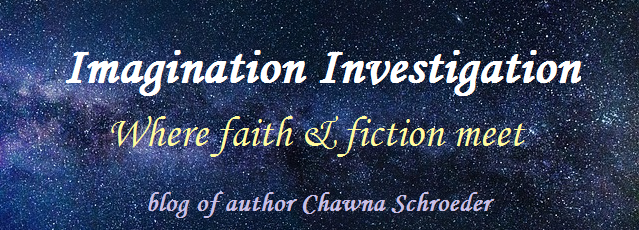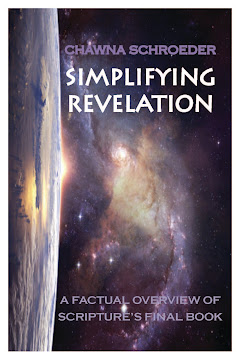The speculative genre is a large umbrella category of
fiction. Under it shelters a wide variety of stories that deal with those
events and elements outside common experience.
At one end of the spectrum lies fantasy, those stories
of the magical and supernatural. (You can find my look at that part of
speculative fiction here.) On the other end is science fiction, which we’ll be analyzing this month.
As the name implies, technology and
science, rather than the supernatural, marks this
end of the spectrum. It can cover anything from biology and genetic
engineering to astrophysics and space travel.
As a result, the setting is almost always
futuristic, since there can be little
speculation over past science developments. That future may only be a few years
off, involving the technology already at our fingertips. Or that future can be
very distant, employing “science” that is so distant it seems almost magical.
However, this future is usually connected to our
world in some way, though occasionally a completely alternate universe
is created to compensate for the further-flung science.
Either way, science and technology plays a major role. They will provide the foundation for the premise as well as the driving factor in the plot (e.g.
Therefore, science fiction tends to
high-suspense plots with end-of-the-world stakes, while grappling with
the ethical, moral, philosophical,
and theological
implications of our ever-advancing technology.




No comments:
Post a Comment